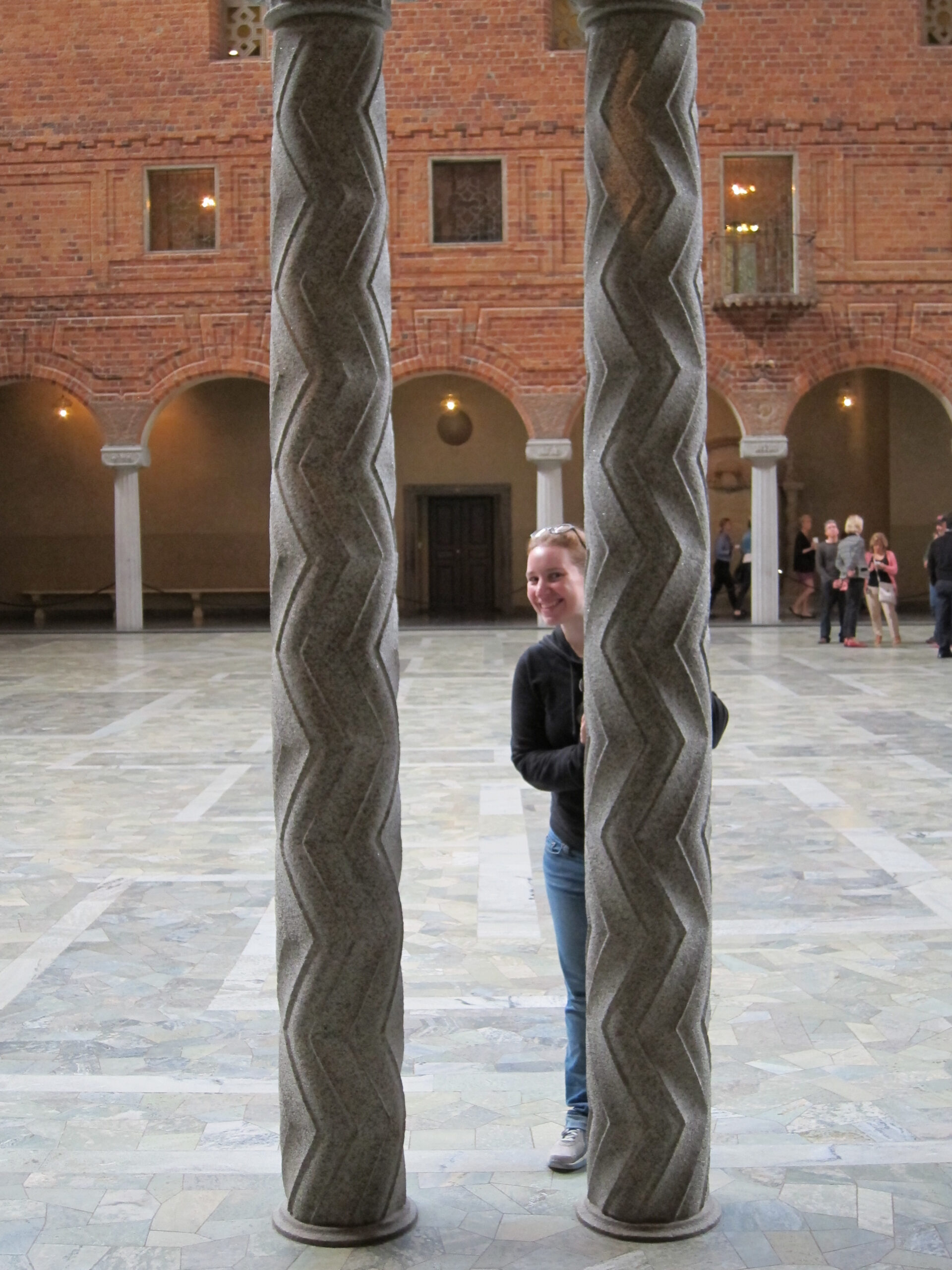Several years ago I was put on a months-long course of an antibiotic known to be especially hard on the stomach. Within a few days nausea became my constant and very unwelcome companion. The prospect of months of queasiness was completely unappealing but looked pretty inevitable until a good friend bought me a giant box of ginger candies (thanks again, Rachel!). Some studies have shown that ginger reduces nausea (see here or here for literature reviews), and it definitely works for me.
My course of antibiotics is long over, but my migraines are often accompanied by nausea, so ginger still helps. My go-to sources are ginger tea and ginger candy, but I also cook with fresh or powdered ginger, drink ginger ale, and am open to pretty much anything else made with real ginger.
Some of my favorite gingery treats (I have not been compensated in any way for mentioning these brands or products; I just like them):
- Gin Gins candies (I keep some of these with me all the time)
- Triple Leaf Ginger tea (I usually add honey to mine)
- Newman’s Own Organics Ginger Mints
- Reed’s Ginger Chews
- Blenheim Ginger Ale (be careful; the hot variety is very hot indeed!)
If you have any other gingery product suggestions, or other anti-nausea recommendations, feel free to leave them in the comments for me and for other readers!
Please remember that this post is the opinion of the author and should not replace actual medical advice or attention.









